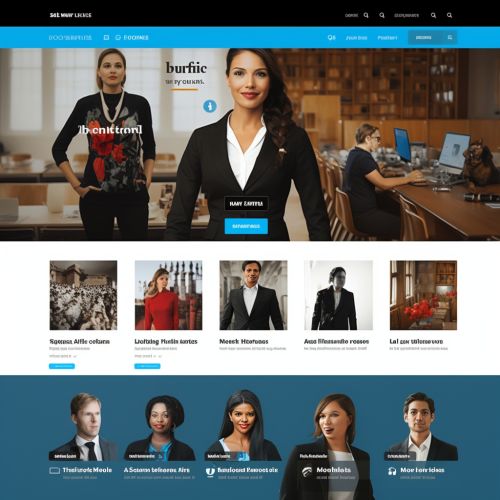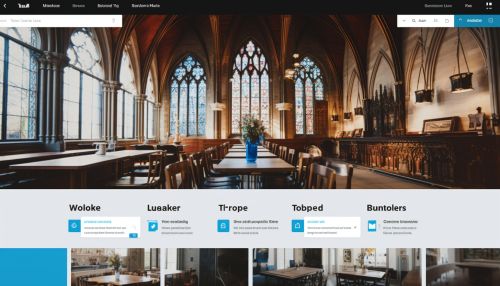Overview
LinkedIn is a social networking platform designed primarily for professional networking and career development. It was launched in 2003 by Reid Hoffman, Allen Blue, Konstantin Guericke, Eric Ly, and Jean-Luc Vaillant. The platform allows users to create profiles and "connections" to each other in an online social network which may represent real-world professional relationships.


History
LinkedIn was conceived in the living room of co-founder Reid Hoffman in late 2002. The site was officially launched on May 5, 2003. By the end of the first month in operation, LinkedIn had a total of 4,500 members in the network. It took the company just over a year to reach the first million users, and the site grew even more rapidly after that.
Features
LinkedIn provides a variety of features for its users, including the ability to create a detailed professional profile, connect with other professionals, join industry groups, post and apply for jobs, and much more. These features are designed to help users establish their professional identity online, engage with their professional network, access knowledge, insights, and opportunities, and develop their careers.
Business Model
LinkedIn operates under a freemium business model. Basic functionality is available for free, but premium features are available for a fee. LinkedIn's revenues come from three main sources: Talent Solutions, Marketing Solutions, and Premium Subscriptions.
Impact and Influence
LinkedIn has had a significant impact on the way professionals network, job search, and interact. It has also influenced how companies recruit, market, and sell.
Criticisms and Controversies
Despite its success, LinkedIn has faced various criticisms and controversies over the years, including issues related to privacy, fake profiles, and data hacking.
